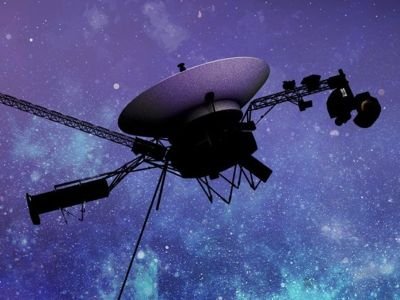NASA engineers have successfully restored the backup thrusters on the Voyager 1 spacecraft — a critical system that hadn’t functioned since 2004. The restored thrusters will help adjust the position of the spacecraft’s antenna to keep it pointed toward Earth, ensuring continued communication with the aging probe.
A Mission-Saving Fix

The root of the problem was believed to lie in the power circuit for the thruster heaters, which are essential for maintaining the engines at operational temperature. Without functioning engines, Voyager 1 risked losing its orientation in space, which would sever its ability to send and receive signals from Earth.
This fix was especially urgent. The main thrusters, currently in use, are becoming increasingly clogged with fuel residue and were projected to fail as early as fall 2025. Meanwhile, time was running out: the only Deep Space Network antenna capable of transmitting commands to Voyager 1 is undergoing upgrades and will remain offline until February 2026.
Thrusters: Main vs. Backup
Voyager 1 has two sets of engines:
-
Main thrusters: Used for tilting and turning the spacecraft.
-
Backup thrusters: Designed for rotating the spacecraft around its axis.
The main thrusters stopped functioning in 2004, largely due to a failure in their heater system, which led NASA to rely on remaining maneuvering capabilities until now.
A Historic Mission Still Going Strong
Launched in 1977, Voyager 1 and Voyager 2 became the first human-made objects to exit the heliosphere and enter interstellar space. Though they were only intended to operate for five years, both probes have defied expectations and continue to transmit valuable scientific data after nearly 48 years in space.
This successful repair is not only a testament to NASA’s ingenuity but also gives Voyager 1 a renewed chance to keep exploring the vast unknown.
